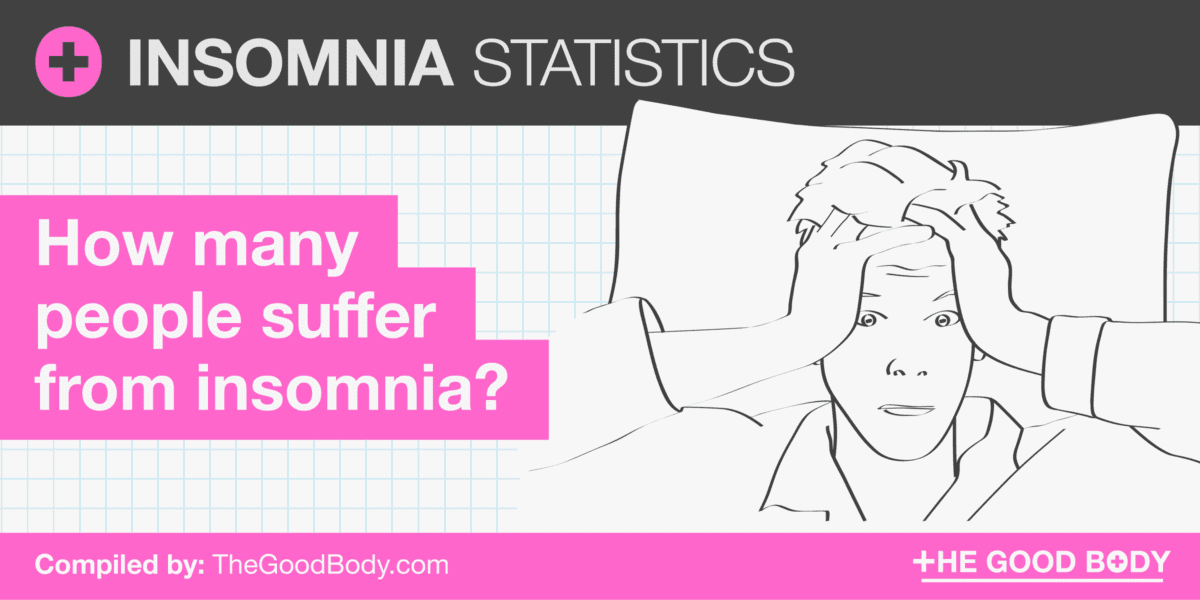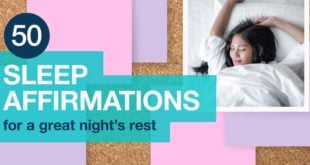Key Insomnia Statistics
- Insomnia is the most common sleep disorder, with between 50 and 70 million Americans affected each year.
- Nearly half of the population of the US experience insomnia symptoms at some time.
- 10% of those impacted by insomnia go on to develop long term, chronic insomnia.
- 237 million people globally struggle with insomnia.
- People over the age of 60 are the age group that have the highest reported levels of insomnia.
- Women are 40% more likely to have insomnia than men.
- 35% of people with insomnia have a family history of the condition.
- People with insomnia are five times more likely to suffer from depression.
- Insomnia causes the US economy to lose $63 billion each year in reduced productivity.
- 78% of women experience insomnia during pregnancy.
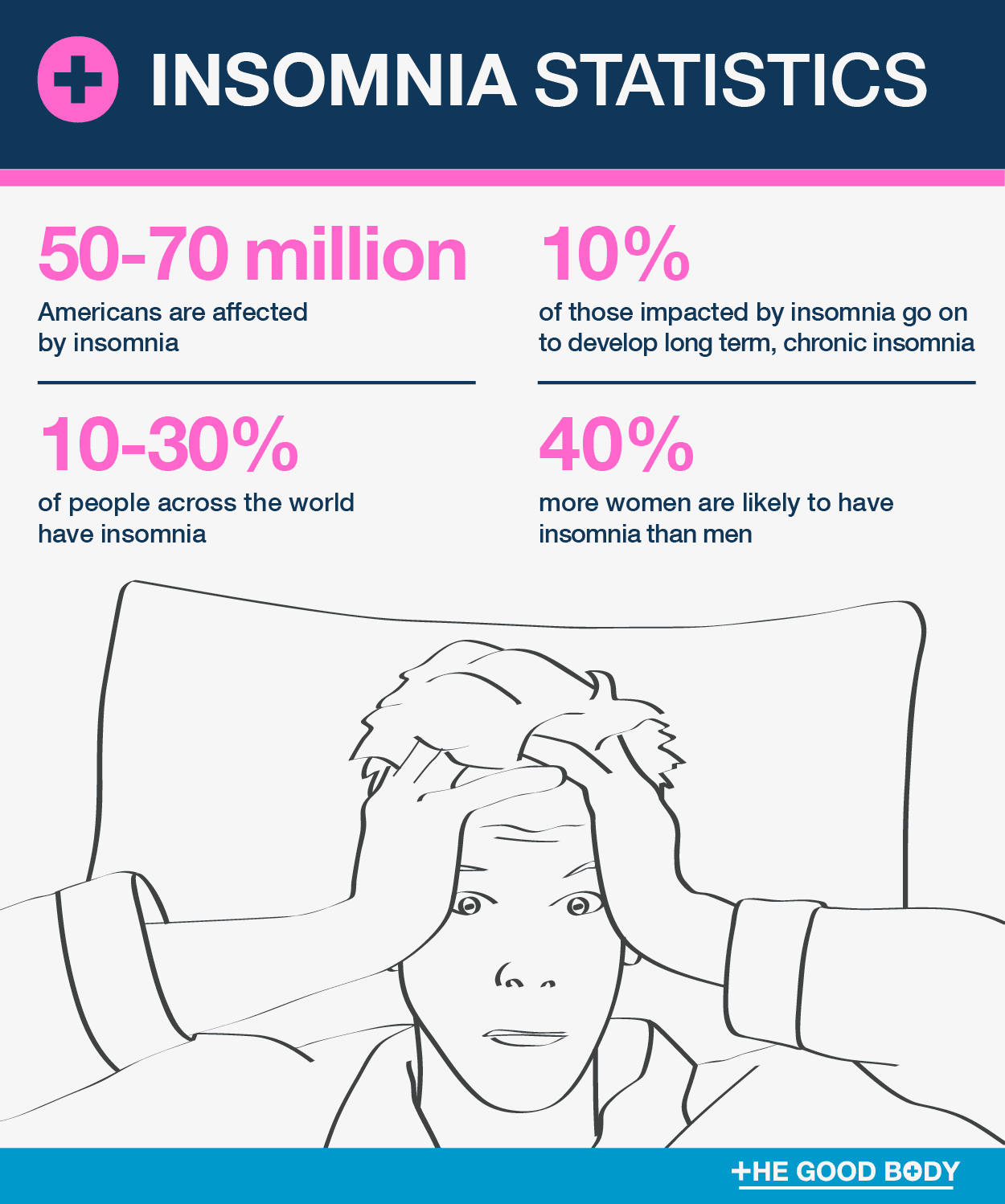
How many people have insomnia?
Insomnia is the most common sleep disorder. According to the latest data from the American Sleep Association, insomnia affects between 50 and 70 million Americans each year.
It’s so widespread that symptoms of insomnia occur in approximately 33% to 50% of the adult population.
10% of the population impacted go on to develop chronic insomnia, meaning their symptoms last longer than three months.
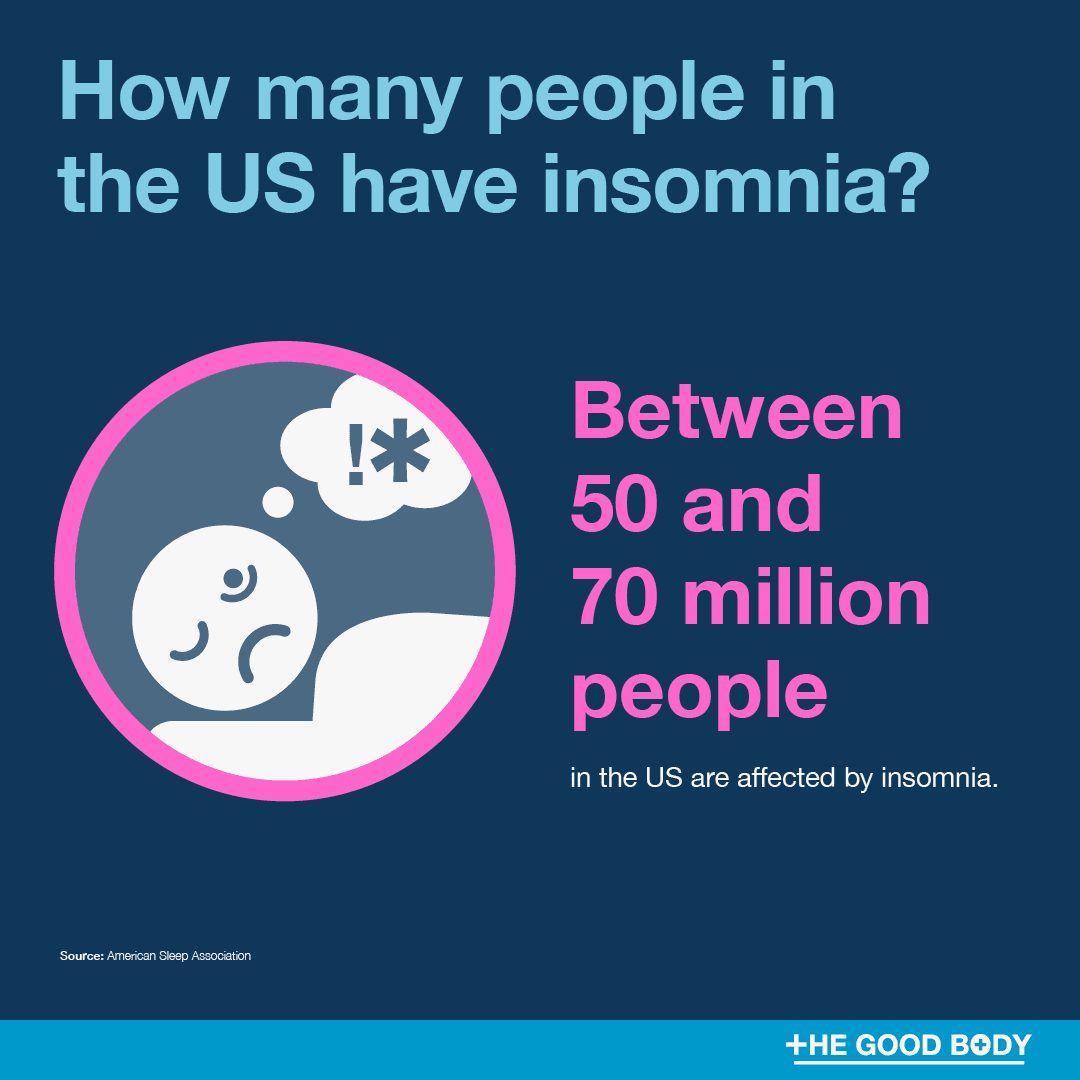
People suffer from insomnia in varying ways. Below are the three different types of insomnia medical professionals use to determine treatment of the sleep disorder:
Transient: Transient insomnia is temporary, lasting less than one week.
Acute: Acute or short-term insomnia lasts less than three months and is likely caused by a stressful life event, that when resolved, relieves the condition.
Chronic: Chronic insomnia is a long-term condition, characterized by trouble falling asleep or staying asleep at least three nights per week for three months or longer.
There are other types that researchers might use to better categorize the different ways people are afflicted by the condition, these include:
Sleep Onset Insomnia: Trouble falling asleep at the beginning of the night.
Sleep Maintenance Insomnia: The inability to maintain sleep throughout the night.
Early Morning Awakening Insomnia: Waking up well before you need to in the morning.
Comorbid or Secondary Insomnia: Resulting from another health condition such as anxiety, depression or physical pain.
Key statistics:
- Between 50 and 70 million members of the US population are affected by insomnia.
- Insomnia is so prevalent in the US, that it affects one in four adults each year.
- Occasional symptoms of insomnia occur in approximately 33% to 50% of the adult population.
- 30% of Americans affected by insomnia have an acute or short-term insomnia disorder.
- 10% of the population impacted by insomnia go on to develop chronic insomnia disorder.
- As a result of the pandemic, the word ‘insomnia’ was Googled more in 2020 than it had ever been before.
Sources: American Sleep Association | ScienceDaily | Cleveland Clinic | BBC | Sleep Foundation | eMedicineHealth
How many people in the world have insomnia?
Recent statistics show that 10-30% of people across the world have insomnia. Based on the current global population, up to 237,000,000 people are affected.
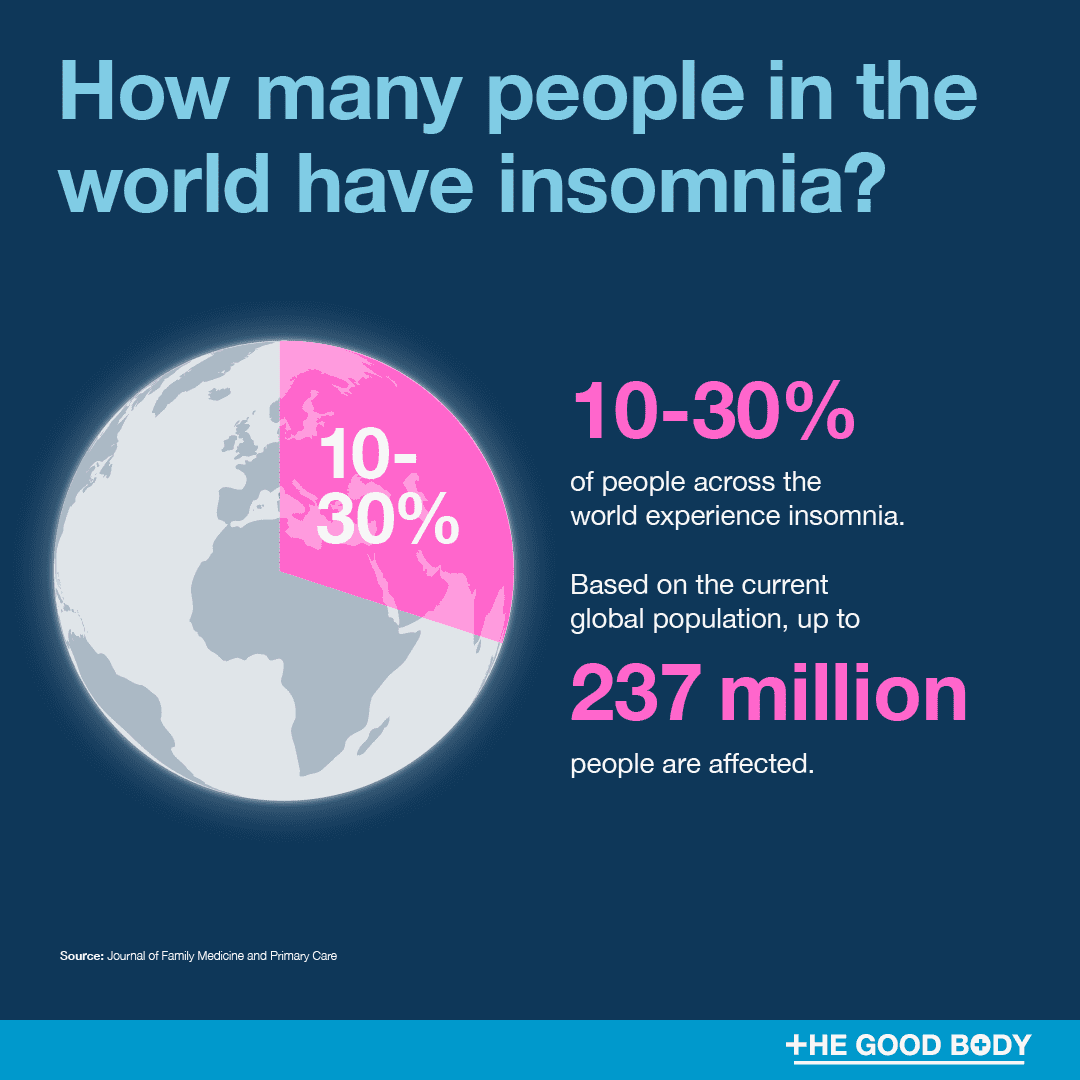
With up to 21% of US adults suffering from insomnia each year, the rate is higher than neighboring Canada that reports 15% of their population having symptoms of the condition.
Currently there appears to be no major worldwide statistics that ranks countries.
However both the US and Canada are considerably lower than Brazil, which has one of the highest rates of sleep complaints at 76%. Experts believe this could be down to socioeconomic factors.
China sleeps well compared to other parts of the world, yet insomnia is still rising in the country, particularly among the younger generations.
Throughout the pandemic, experts in China reported that the number of adults with clinical insomnia had risen by 37%.
Global insomnia statistics:
- Up to 237,000,000 people globally are impacted by insomnia.
- 10-30% of the world’s population experience insomnia, with it being as high as 50-60% in some countries.
- 76% of the population of Brazil suffer from at least one sleep disorder, one of the highest rates globally.
- Between 50 and 70 million members of the US population are affected by insomnia.
- 15% of Canadians report symptoms of insomnia.
- The National Health Service (NHS), state that one in three people in the UK experience insomnia symptoms.
- 15% of the population of China suffer from insomnia symptoms, lower than the rates reported in many Western countries.
Sources: National Library of Medicine | ScienceDirect | American Sleep Association | Statistics Canada | NHS Inform | PLOS ONE
Which age group is most affected by insomnia?
People over the age of 60 are the age group most affected by insomnia, according to the Sleep Medicine Clinics.
It’s estimated that 30-48% of people in this age group have symptoms of insomnia.
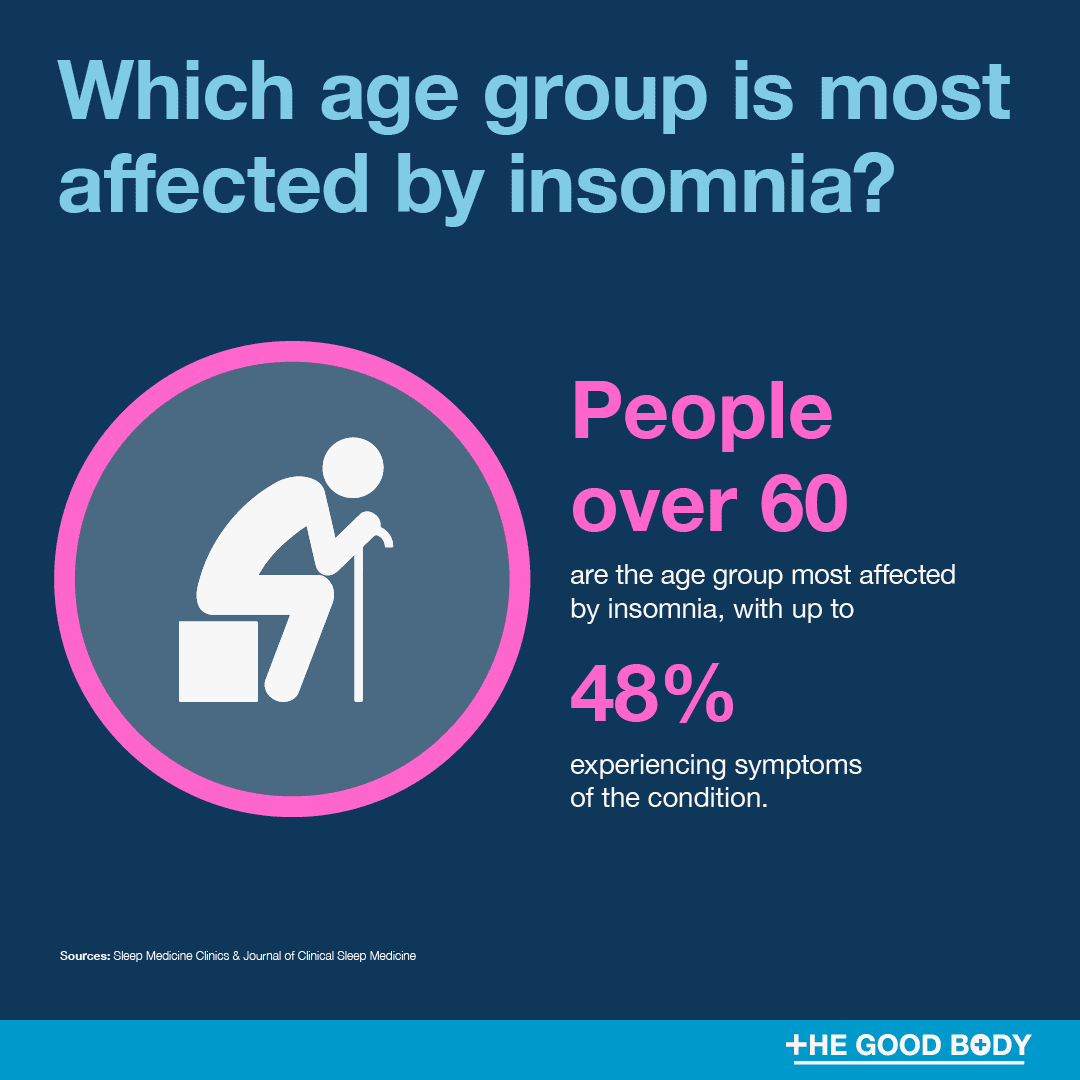
Potential reasons for this include medical illnesses, medications, depression and other psychiatric disorders which are more common as we age.
They concluded that “significant changes in sleep accompany aging for most adults”.
In fact, it’s thought that the average person loses 27 minutes of sleep per night for each subsequent decade, beginning in middle age.
Insomnia is also common in teenagers, with up to 23.8% experiencing insomnia.
Increased exposure to screens in the bedroom, early start times for school and Delayed sleep-wake phase disorder are thought to be just a few of the reasons.
Insomnia age statistics:
- The age group most affected by insomnia is those over the age of 60.
- 30-48% of people over the age of 60 have symptoms of insomnia.
- The average person loses 27 minutes of sleep per night for each subsequent decade, beginning in middle age.
- 23.8% of teenagers experience insomnia.
- 31% of children aged 6 to 13 years report having disorders of initiating and maintaining sleep.
Sources: Sleep Medicine Clinics | National Library of Medicine | Sleep Foundation | National Center for Biotechnology Information | Sleep Research Society
Who is most affected by insomnia?
Women, those over 60 and people with medical and mental health conditions are the most affected by insomnia.
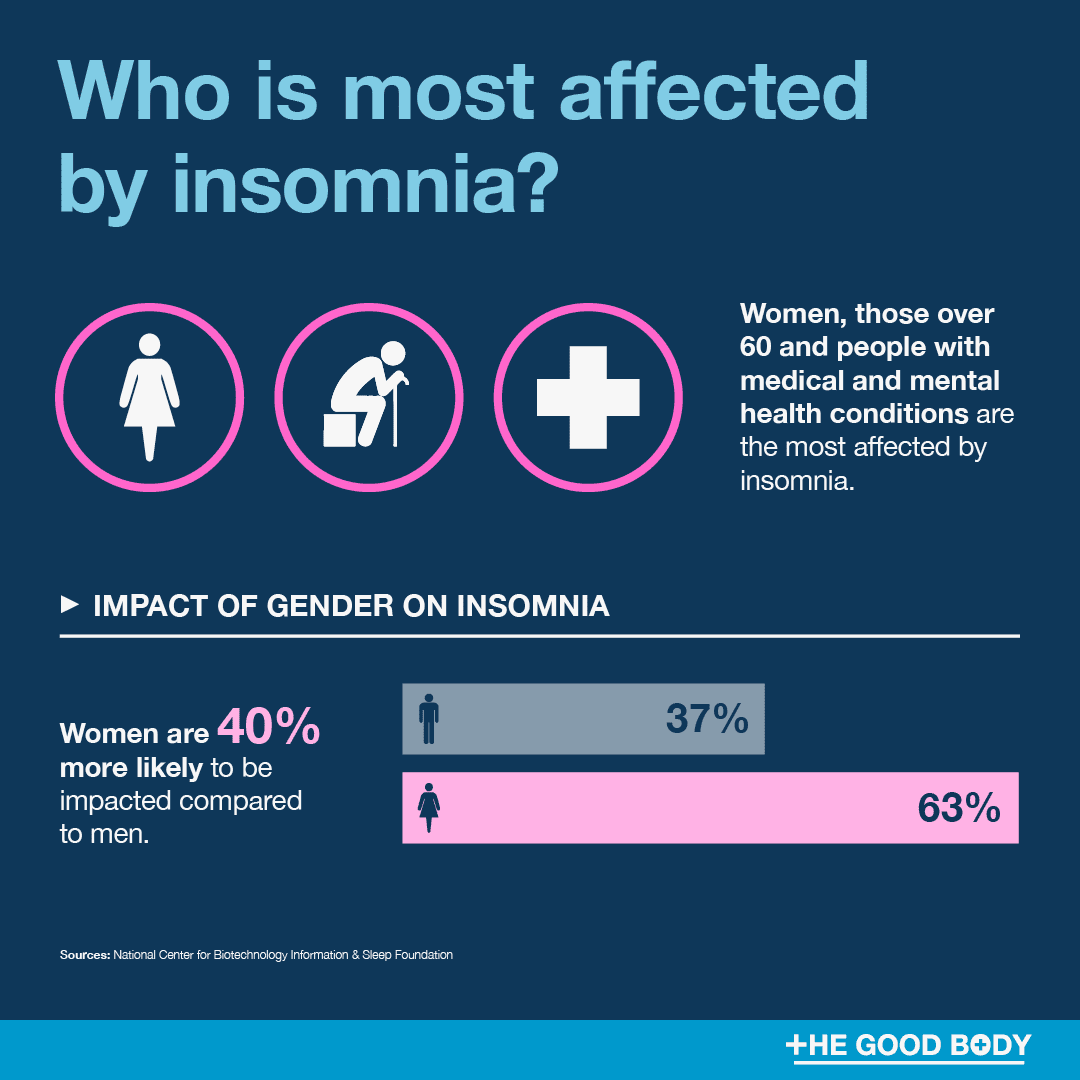
According to the Office on Women’s Health, the menopause and other hormonal changes is thought to be the reason women are 40% more likely to be impacted.
People with a higher level of education are also shown to be diagnosed with insomnia more often.
Though research is currently limited, it’s predicted that there will be differences among racial and ethnic groups, based on other health disparities.
According to the Sleep Foundation, experts believe that sleep insufficiency might account for the higher rates of cardiovascular disease among people of color.
Insomnia demographics:
- Older adults, females and people with medical and mental ill health conditions are more likely to experience insomnia.
- Women are 40% more likely to develop insomnia compared to men.
- Those with a higher level of education are more likely to suffer from insomnia.
Sources: National Center for Biotechnology Information | Sleep Foundation | American Academy of Sleep Medicine
What causes insomnia?
Age, genetics, gender, occupation, stress and your diet and lifestyle can all be potential causes of insomnia. In many cases multiple factors may be at play.
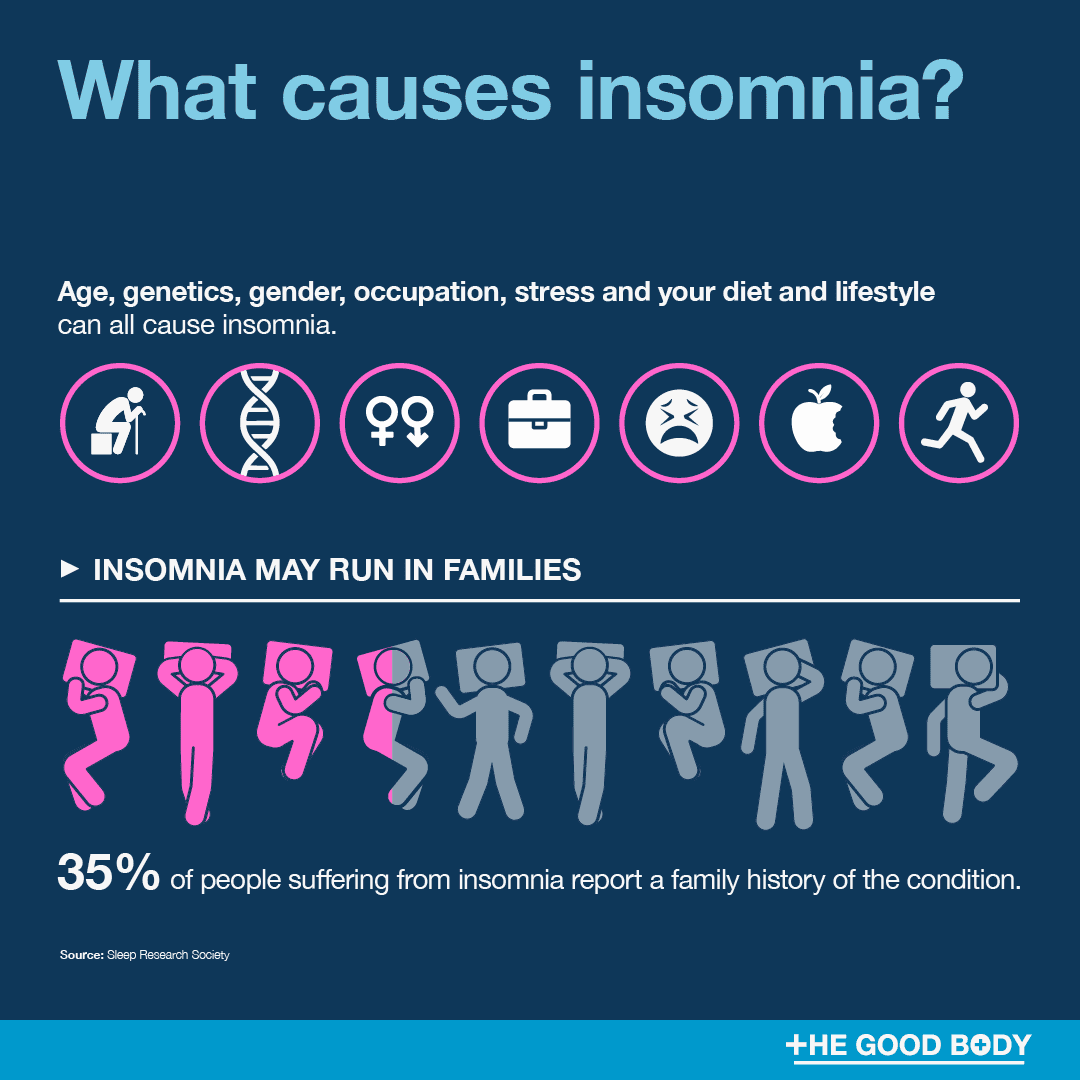
For example, 35% of people suffering from insomnia report a family history of the condition.
Being overactive before bed, either physically or mentally, can play havoc with falling asleep or staying asleep.
Mobile phone usage, watching television or working on a laptop before going to bed can disrupt your sleep-wake cycle.
It’s essential we look for ways to improve our sleep, when we look at the resulting impact on our health.
Causes of insomnia statistics:
- 35% of people suffering from insomnia report a family history of the condition.
- 17% of US adults now spend at least 60 hours per week in the office, leaving less time for sleep.
- Three in four people who suffer from depression also experience symptoms of insomnia.
- People who use their mobile phone for over five hours each day are a greater risk of suffering from insomnia.
Sources: National Library of Medicine | Consumer Reports | Sleep Foundation | National Library of Medicine
What’s the effect of insomnia?
Lack of sleep over the course of a short period can leave you feel exhausted and irritable.
However long term, the effects of chronic insomnia can lead to a mental health disorder such as anxiety or depression.
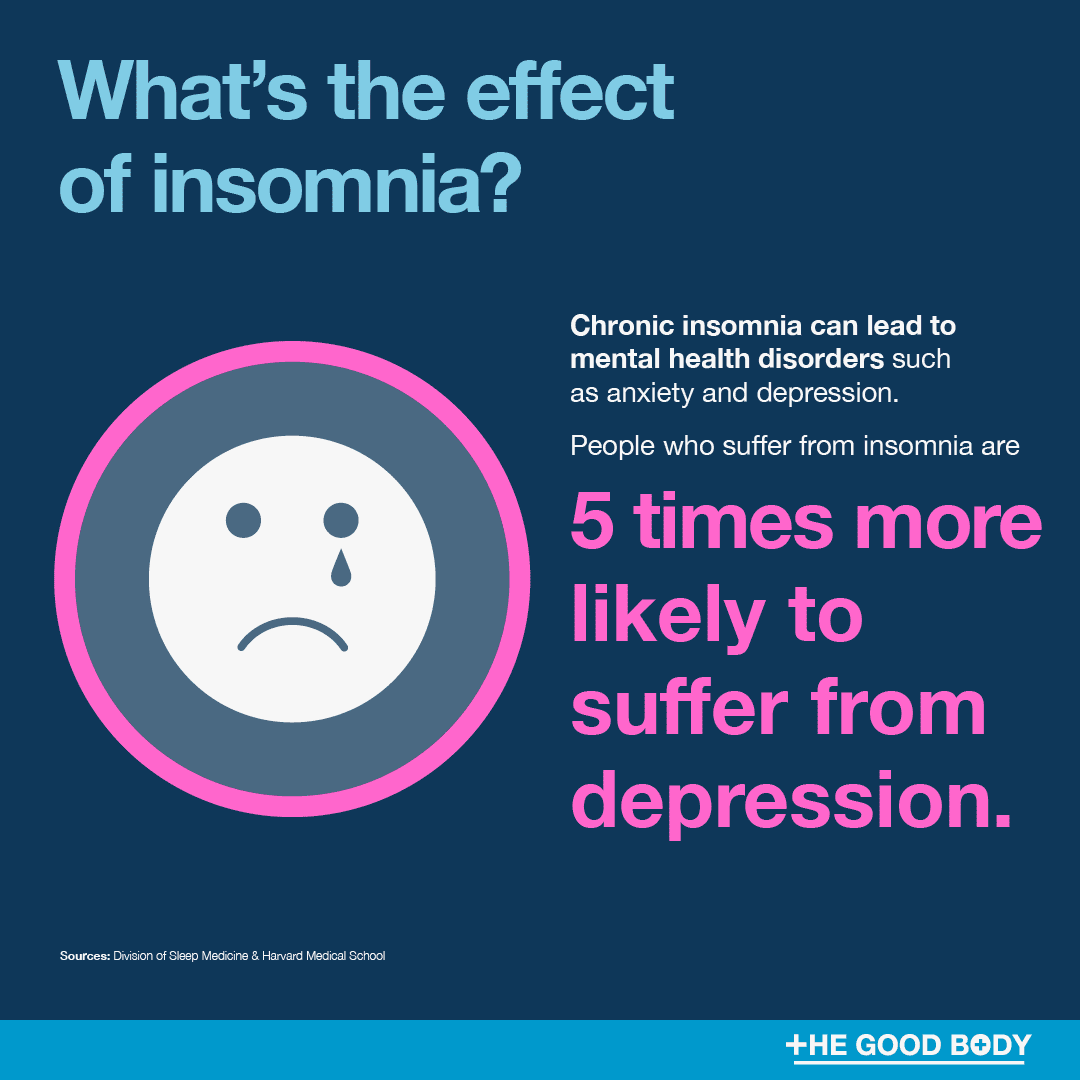
One major study, explored by the Division of Sleep Medicine at Harvard Medical School, looked at the link between sleep and mood.
Findings revealed that people with insomnia are five times more likely to suffer from depression. They also have a greater risk factor for developing anxiety.
Effect of insomnia statistics:
- People with insomnia are 20 times more likely to develop a panic disorder.
- If you suffer from insomnia, you’re five times more likely to suffer from depression.
- Up to 5% of the total proportion of obesity in adults could be attributed to sleep disorders such as insomnia.
- Adults who don’t get enough sleep are more prone to chronic health conditions such as Stroke, Asthma and Cancer.
Sources: The Good Body | Harvard Medical School | The Good Body | CDC
What's the cost of insomnia?
Insomnia costs the US economy $63 billion each year.
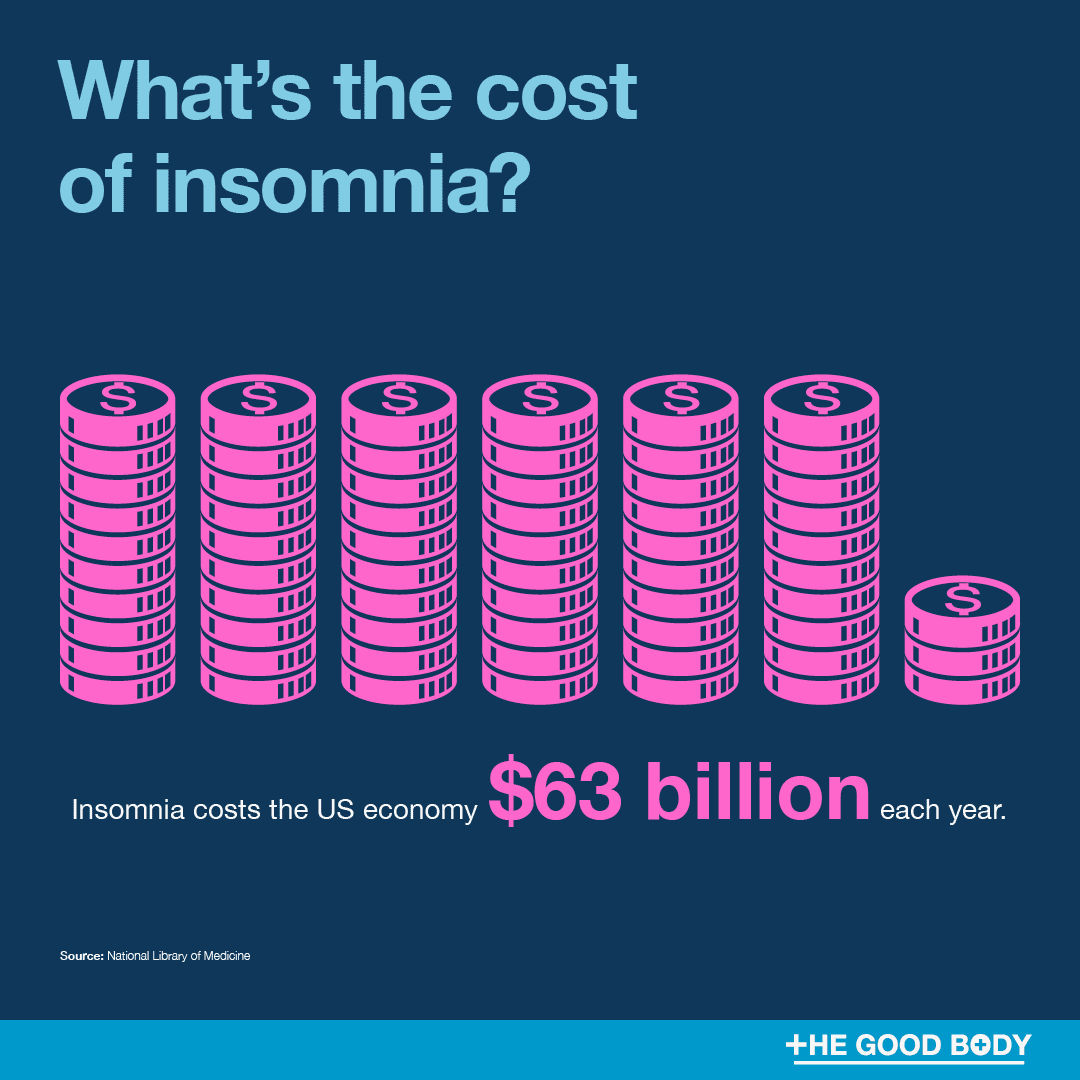
According to the America Insomnia Survey, the lost revenue comes from absence and reduced productivity levels.
It’s also seriously costly to the individual.
Financial experts in Canada calculate that the average individual with insomnia disorder spends $5,010 annually treating their condition.
Not only physically and mentally, but also the financial burden of drugs used to treat the condition, as well as other non-pharmacological treatments such as cognitive behavioral therapy and hypnotherapy.
Cost of insomnia statistics:
- The US economy loses $63 billion each year from reduced productivity related to insomnia.
- Insomnia healthcare costs equate to more than $100 billion per year.
- Employers spend roughly $3,200 more in employee healthcare costs for workers who suffer from insomnia.
- The average person with insomnia spends $5,010 annually treating their condition.
- Around 1.2 million working days are lost because of insufficient sleep in the US.
- The US insomnia market was valued at $4.82 billion in 2020 with the total revenue expected to grow by 4.2% through 2021-27, reaching nearly $6.43 billion.
Sources: National Library of Medicine | The American Journal of Managed Care | Statistic Stats | RAND Corporation | Markets and Markets | National Library of Medicine
How common is insomnia during pregnancy?
According to the American Pregnancy Association, 78% of women experience insomnia during pregnancy.
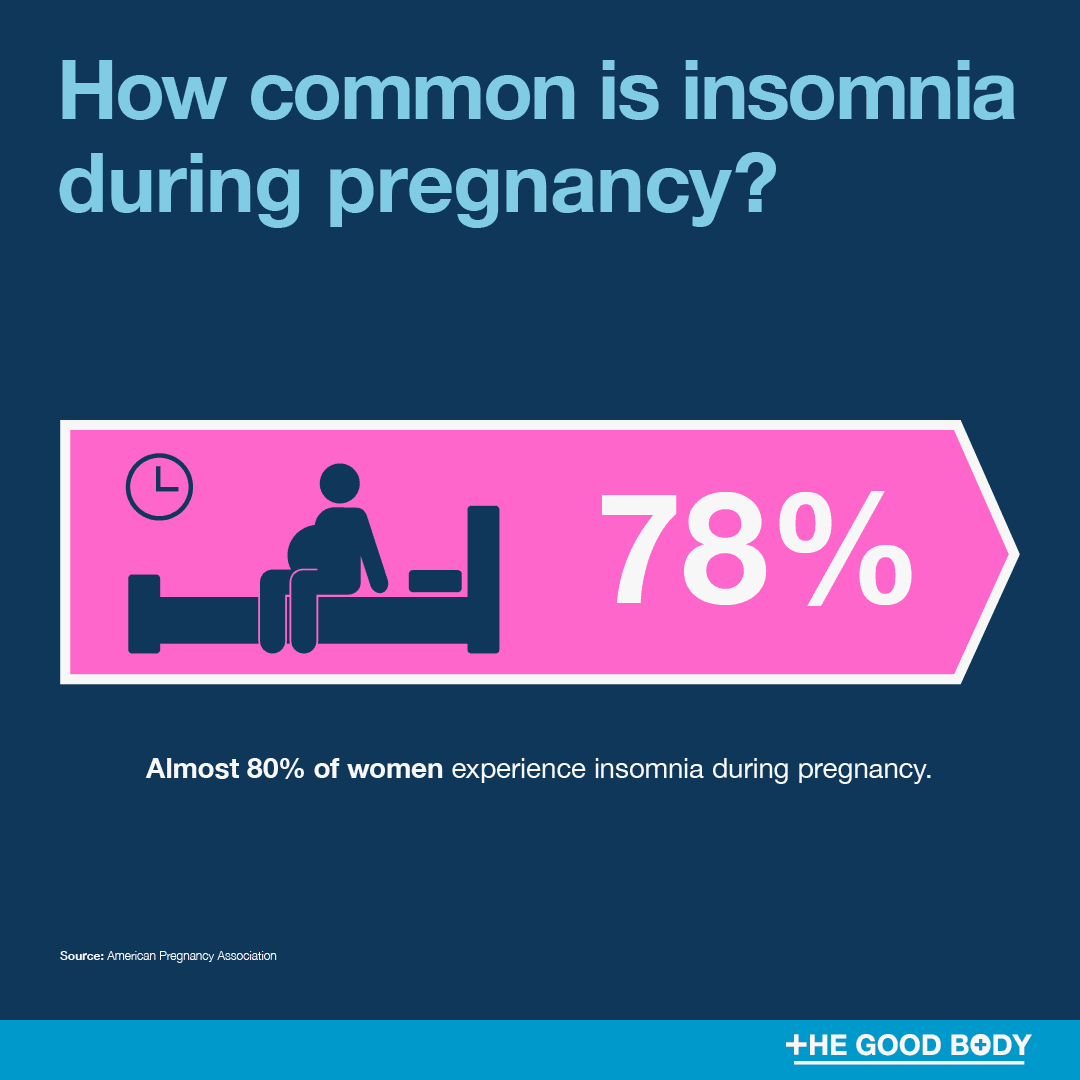
Insomnia is a major problem during pregnancy and can be caused by many factors including physical illness, hormonal changes and fetus growth.
Many pregnant women will experience it but better sleep practices, such as going to bed early, and relaxation techniques may help to overcome it.
Insomnia and pregnancy statistics:
- More than 3 in 4 women experience insomnia during pregnancy.
- Insomnia is highly prevalent in the last trimester of pregnancy.
- Many women wake up 3 to 5 times a night because of back pain, needing to urinate, leg cramps and heartburn.
- Anxiety about labor and delivery can keep expectant mothers up at night.
- Insomnia symptoms are also related to increases in BMI (body mass index — a measure of body fat based on your height and weight) in post-pregnant women.
Sources: American Pregnancy Association | BMC Pregnancy and Childbirth | MyHealth.Alberta.ca | Healthline | Women’s Health
What's the best treatment for insomnia?
Cognitive behavioral therapy (CBT) is proven to be a particularly effective treatment for insomnia, with up to 75% of patients seeing improvements in their symptoms.
Sleep routine changes and medication are also recommended to treat the condition.
Plus, alternative therapies can be useful, with yoga statistics highlighting how the practice can improve your sleep.
CBT for insomnia (also known as CBT-I), referred to as a multicomponent treatment, combines a number of different approaches.
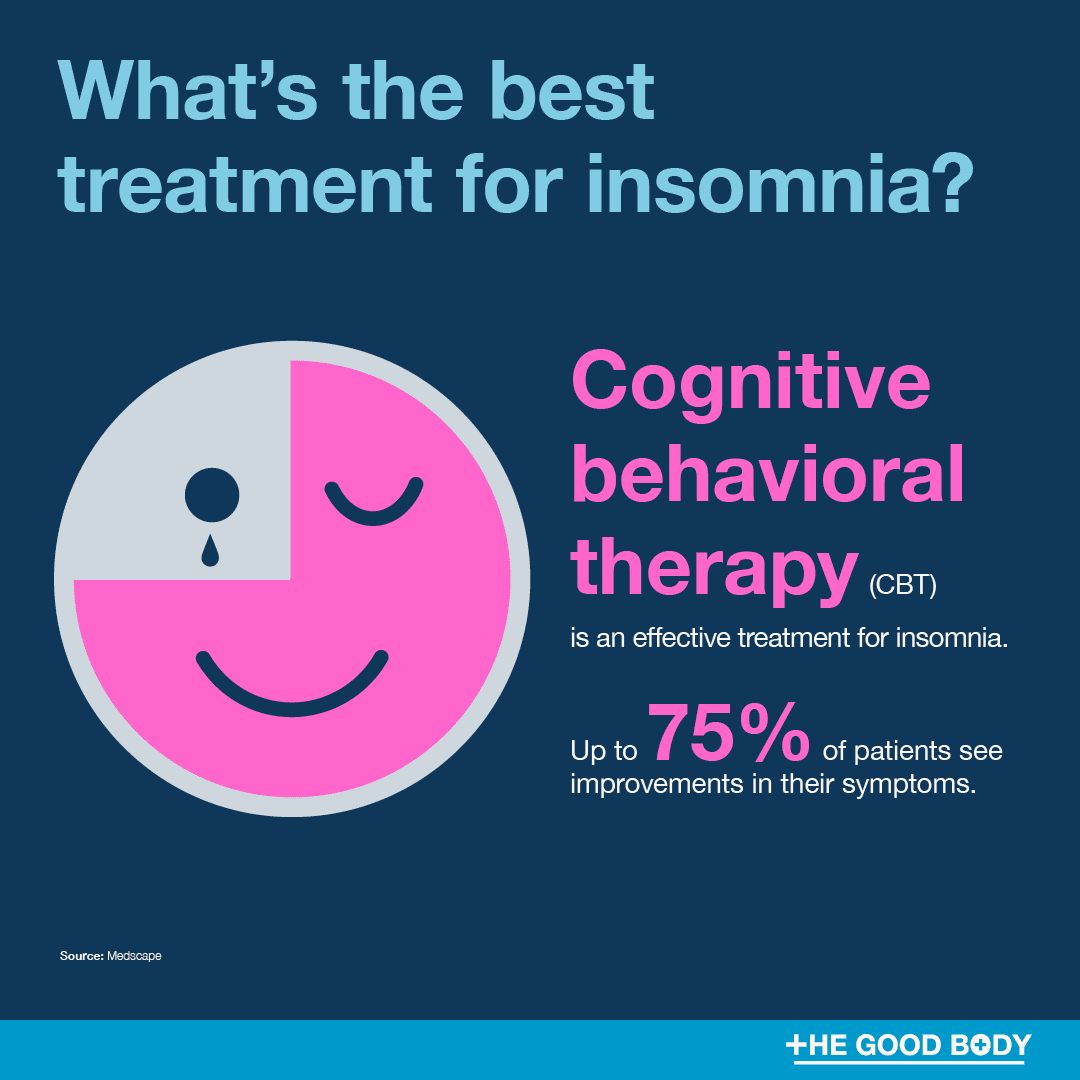
The Sleep Foundation describes the three components of CBT-I treatment:
Cognitive interventions: Focused on restructuring thoughts around sleep.
Behavioral interventions: Promoting relaxation, sleep restriction and stimulus control to help develop healthy sleep behaviors.
Psychoeducational interventions: Highlighting the link between thoughts and behaviors, and sleep.
More affordably, there are sleep gifts that have benefits for slumber, including weighted blankets, bedtime teas and essential oil diffusers.
Insomnia treatment statistics:
- Up to 75% of patients with insomnia have seen improvements following cognitive behavioral therapy (CBT).
- Acupressure has been proven to significantly reduce awake time and quality of sleep for people with insomnia.
- 60% of yogis report improved sleep from practicing yoga.
- Nearly 9 million Americans take prescription sleeping pills.
- 58.3% of people who have undergone hypnosis report improved sleep.
- Meditation can be a short term solution for improving sleep problems.
Sources: Medscape | The Good Body | The Good Body | The Good Body | National Library of Medicine | The Good Body
Want to learn more about the shocking rise in insomnia?
Read our article that includes 36 eye-opening insomnia facts.

